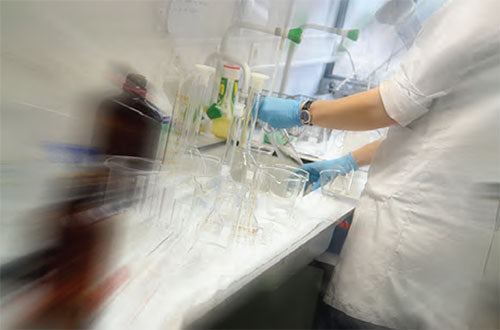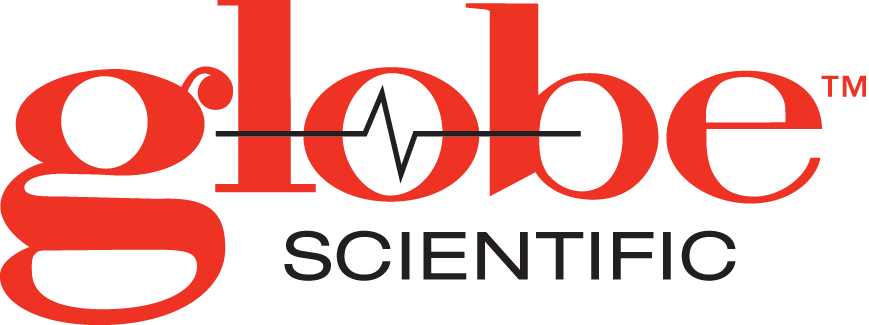
Cleaning Practices for Laboratory Plastics
Keeping your reusable laboratory plastics clean is paramount to ensuring that your lab processes produce reliable and consistent results. Proper cleaning practices can also help ensure safety for all those who work in the lab setting.
When compared to glassware—which is subject to breakage—plastic labware has an outstanding safety profile. At Globe Scientific, our plastic labware items are not only unbreakable but are also easy to keep clean. For example, our lab essential beakers and graduated cylinders can get autoclaved at 121°C for 20 minutes. You can sterilize our wash bottles and wide-mouth square bottles in several ways, such as via gamma irradiation, ethylene oxide (EtO), microwaves, or chemical disinfectants.
Here are our recommendations for best practices to keep all your laboratory plastics clean and in working order to ensure you are getting reliable test outcomes.
Principles of Cleaning Plastics
Plastics can be cleaned by using one of three methods in a laboratory setting: decontamination (which removes all noxious substances), disinfection (which selectively removes noxious microbes), or sterilization (which removes all microbes, including spores). In general, laboratory professionals should avoid scouring or using abrasive methods of cleaning plasticware.
It is critical to understand the type of plasticware you are cleaning because this will influence its cleaning parameters. For example, polymethylpentene (PMP) and polypropylene (PP) plastics can both get autoclaved, whereas high-density polyethylene (HDPE), low-density polyethylene (LDPE), and polystyrene (PS) plastics cannot. All plastics can get sterilized using gas, dry heat, and radiation. Disinfectants can sterilize plastics as well, except for certain polystyrenes.
Cleaning Based on Contaminant
When cleaning lab plastics, the nature of the contaminants can influence the cleaning agents you should use. For example, slightly contaminated plastics can get cleaned using a neutral cleaning solution (with a pH of 7, such as MicroKleenTM High Suds neutral detergent), however, heavy contamination should get tackled using an alkaline solution (with a pH up to 12, such as ammonia).
Other examples of contaminant-specific cleaning principles include:
- Aqueous solution and buffer contaminants: Use distilled water to clean and then let dry.
- Proteins and organic solvents: Use a detergent solution to wipe the surface, rinse multiple times with distilled water, and then let dry.
- Viruses, mycoplasma, bacteria, and fungi: Use UV radiation to inactivate microbes or use a specially-formulated antimicrobial wipe.
- DNA and RNA: Use UV radiation for 30 to 60 minutes, autoclave for 15 minutes at 121° Celsius, or use a DNA-specific surface decontaminant.
Cleaning Globe Scientific’s Plasticware
At Globe Scientific, we are committed to the scientific process and helping our clients follow proper scientific protocol. Always consult a material properties chart or contact us if you are unsure of the proper way in which to clean one of your plastic laboratory items.
